Swing Revival of the 1990s: When Punk-Rock and Grunge Just Didn't Do It Anymore
''Swing jazz is good music for punk-rockers who have grown tired of the physicality of moshing and slam dancing''
‘‘(Swing jazz) is good music for punk-rockers who have grown tired of the physicality of moshing and slam dancing’’- Daniel Glass, Royal Crown Revue (Vice, 1997)
Called retro swing and neo-swing, this music is a fusion of swing, jazz, blues, rock, punk and ska. You can hear this in the music of Lavay Smith & Her Red Hot Skillet Lickers, The Brian Setzer Orchestra, Big Bad Voodoo Daddy, Royal Crown Revue, 8½ Souvenirs, The Lucky Strikes, Cherry Poppin' Daddies, The Atomic Fireballs, The Deluxtone Rockets and Squirrel Nut Zippers. Neo-swing is melodic, joyful, rhythmic and energetic. Total opposite of grunge and gangsta rap which both were popular in the 90s. Marian Wallace Vale concludes that ‘‘grunge and rap were probably the biggest factors in instigating the swing movement’’(Vale, 1998,p.10). Toni Walker explains that:
‘‘West coast rappers used music as a platform to narrate the lives of those on the margins, depicting the material consequences of institutional racism and state violence. Though other forms of rap music addressed similar themes, gangsta rap was particularly rampant with tales of crime, gang violence, violence against women, misogynoir, and homophobia.’’(Walker, 2018)
Whilst, Seattle grunge music was concerned with political activism and using music as a political device, it was melancholic and pessimistic. Reflective of the difficult economical environment of the city in the 1980s. The the 1981-1982 recession was deeper and longer lasting in Seattle than of the general national economy. You can read about the recessions effect on Seattle`s music here:
Whilst, grunge music lyrically exudes sadness, songs written in the minor key have increased since the 60s. In the 1960s, 85% of popular songs were written in the major key, but in 2011 the number decreased to 40% (Lin, 2012). However the popularity of neo-swing showcases a change in the 90s American emotional landscape. From desiring a melancholic escape to wanting a joyful and energetic experience. Explaining the upsurge of the swing revival, Steve Perry of Cherry Poppin' Daddies explains that:
‘‘It had to do with the preceding decades being dominated by guitar rock for so long. People longed for a break. The media gave in for a few months before they closed ranks against horns once again. In the US power chord worshipping dudes will always rule ultimately.’’(Michael Limnios Blues Network, 2011)
Such music became popularized in films like "Swing Kids"(1993), "The Mask" (1994) and "Swingers"(1996). Also, neo-swing music was famously used in GAP clothing company`s ‘’Khakis Swing’’ campaign in spring of 1998, featuring music by the Brian Setzer Orchestra.
In 1999, Swing! the Musical premiered on 9 December, featuring music from the Swing era (1930s-1940s), specifically music of Duke Ellington, William "Count" Basie and Benny Goodman. Likewise, neo-swing band Big Bad Voodoo Daddy played at the Super Bowl XXXIII halftime show in 1999. And The Brian Setzer Orchestra performed at the White House on June 29, 2006 during the official dinner to honour of Japanese Prime Minister Junichiro Koizumi’s visit to the United States.
Royal Crown Revue
The last post discussed Denver`s gothic country scene which existed alongside grunge. Just like grunge music it has influences from 1980s punk. However, some punk bands turned to swing and jump blues in the 90s. For Deseret News in 1997, Daniel Glass of Royal Crown Revue explains that the band were all punk-rock, rude boys (die-hard ska fans), but "punk-rock just didn't do it for us anymore. Neither did ska or even rockabilly. "(Vice, 1997). The Los Angeles band Royal Crown Revue have been credited with starting the swing revival in 1989.
Drummer Daniel Glass explains that the band grew up in the ‘70s and '80s and were influenced by music of that time- Punk, Ska, Hard Rock, etc. The band combines Swing, Rhythm, Blues, Bebop and Rockabilly, with a presentation ‘‘that is very high energy and in your face’’ (GKG Rock, 2010). You can hear this in ‘‘Barflies at the Beach’’ (1996). He explains that Royal Crown Revue`s:
‘‘instrumentation and look says "classic," but when you walk out of RCR show, you feel that "punch in the stomach" like you would from seeing a great rock band. We make people understand that music made before the 1960s is powerful staff – it “rocked” just as hard and was just as rebellious as the rock music of today’’ (GKG Rock, 2010)
The band gained exposure with their song ‘‘Hey Pachuco!’’ (1991) in The Mask (1994). You can hear it when the Mask dances with Tina. The song references Zoot Suit Riots (1943) and it was the closest the band had come to making a political statement.
The Zoot Suit Riots (3 Jun 1943 – 8 Jun 1943) took place in Los Angeles. American servicemen attacked the Mexican American, African American and Filipino American youths for wearing zoot suits. The song title references the Mexican American youth subculture, the counterculture of the late 1930s in El Paso, Texas. Pachucos are associated with swing and jump blues music, and yes- zoot suits. The L.A. City Council banned zoot suits, arguing that:
“the zoot suit has become a badge of hoodlumism,” said Councilman Norris Nelson. “We prohibit nudism by an ordinance and if we can arrest people for being underdressed, we can do so for being overdressed.” (Special to People’s World, 2015)
The newspapers at the time argued that Pachucos terrorised people and carried weapons, however the same was done by the white 1950s Greaser gangs. They were not more violent than other youth groups at the time, for zoot suitors it was about identity and respect and being cool. Mando Dorame wrote the song with vocalist Eddie Nichols. For Dorame the zoot suit was his own ‘‘punk-rock thing’’ :
“When I was first in the band, I was the only guy that wore a zoot suit around the scene,” Dorame says. “The reason I wore a zoot suit is I’m half Mexican. My grandfather was a zoot suiter. I started collecting Lowrider magazines from the ’70s, and cats were dressing in zoot suits at all the car shows and disco dances. I went and bought a zoot suit because no one else did. That was my own little punk-rock thing.’’(Partridge, 2021,p.57)
Not only did zoot suits appear in neo-swing bands, whilst the riots influenced they`re music, these riots gave rise to the first Chicano play on Broadway by a key figure in the Chicano Rights Movement Luis Valdez. The play was called “Zoot Suit”(1979) and two years later it became a movie. As part of the Center Theatre Group's 50th Anniversary, Valdez brought the play to the Mark Taper Forum from January 31 to April 2, 2017
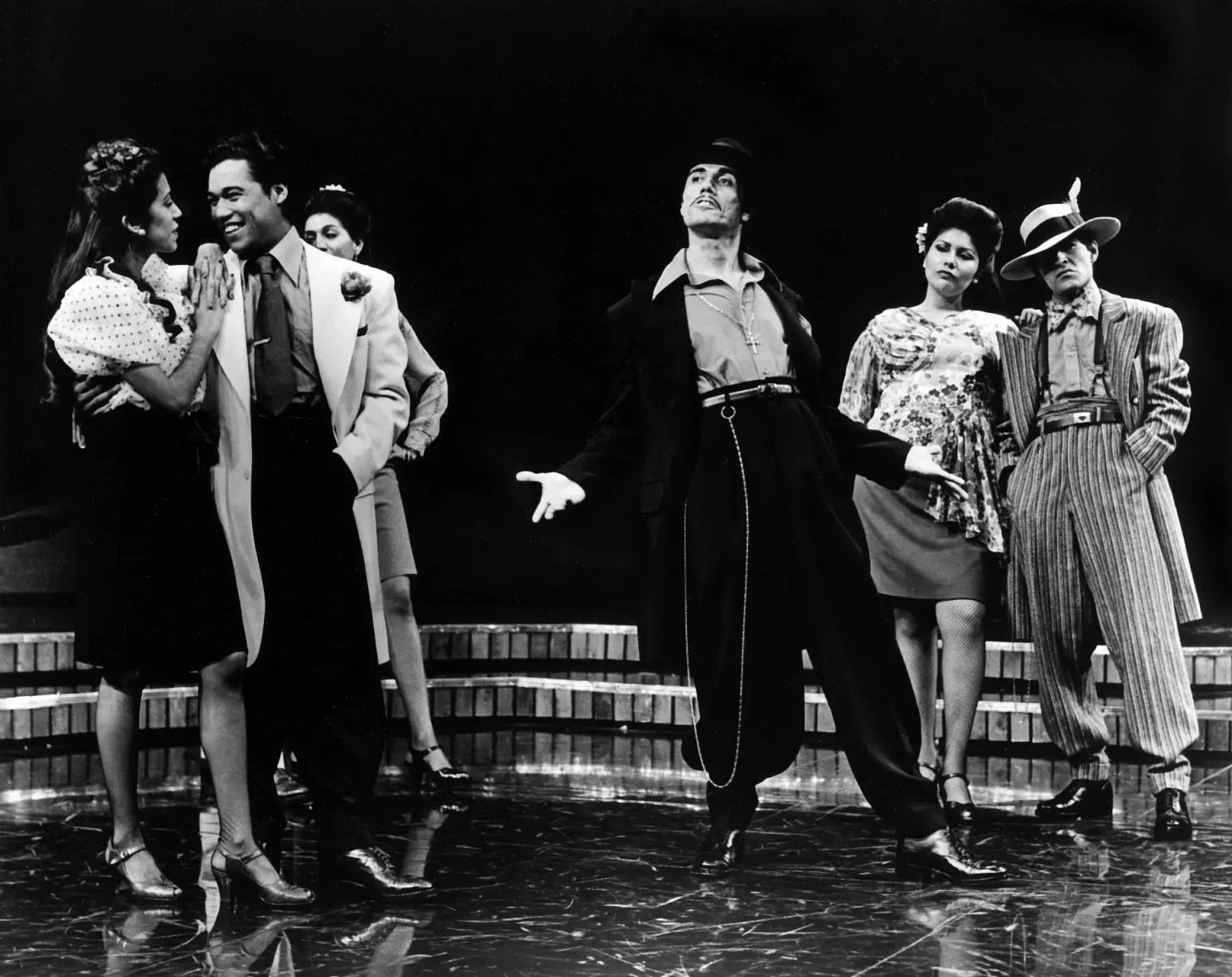
Cherry Poppin' Daddies
The band was formed by Steve Perry (vocals) and Dan Schmid (bass guitar) in Eugene, Oregon in 1989. Perry explains that he was not only influenced by jazz and rock but by punk bands The Wipers, The Meat Puppets and Bad Brains. Particularly liking Suicidal Tendencies for combining hardcore and funk. You can hear punk influences in songs like ‘‘Teenage Brain Surgeon’’ (1990) and ‘‘Midas In Reverse’’ (1990). Whilst, ‘‘Bobby Kennedy’’(1994) sounds more like hard rock.
Perry was ‘‘part of that punk rock Do It Yourself movement’’ and the band settled on their name ‘‘because it was kind of punk rock and kind of Viper Jive’’(Michael Limnios Blues Network, 2011). However, he felt ‘‘bummed out’’ because the band did not fit in with other North West bands that came from the same punk roots as he did. However, he did not give up. He explains: ‘‘I stuck with it, though, because I loved what I was doing and there wasn't really anyone else out there doing what we were doing’’(Steininger, 2000). Perry explains that for him grunge wasn`t punk rock at all:
"I never was into the whole grunge or North West thing. It was like campfire chords with distortion. It wasn't punk rock at all. And though it spawned from punk rock, it just didn't seem to hold true to what punk rock was all about. I look back on it all and think that I was very naïve to feel that I'd be accepted just because we all came from the same thing."(Steininger, 2000)
The song ‘‘Skaboy JFK’’(2009) showcases the bands ska side, singing about John F. Kennedy. “Tall endeavours will become of him”, “he's the lad aloof from the rest of the punks“ and “someday he's gonna be the governor”.Whilst their most poplar song ‘‘Zoot Suit Riot’’(1997) is written in the style of 1940s jump blues.
Just like Royal Crown Revue’s ‘‘Hey Pachuco!’’ it references the Zoot Suit Riots.
*Check out my interview with Steve Perry of Cherry Poppin' Daddies!
Steve Perry of Cherry Poppin' Daddies | Interview
A couple of weeks ago, I wrote about the Swing Revival of the 1990s and it`s significance in Swing Revival of the 1990s: When Punk-Rock and Grunge Just Didn't Do It Anymore. I mentioned that grunge and rap were one the biggest factors in instigating the swing movement and that the movement had punk rock & Do-It-Yourself roots. One of the bands that I ta…
The Brian Setzer Orchestra
The band was formed in 1990 by Stray Cats frontman Brian Setzer. They collaborated with Gwen Stefani on their album The Dirty Boogie (1998) on the song "You're the Boss". The album included 7 covers and a cover of Louis Prima's "Jump Jive an' Wail" (1956), which was used in GAP`s campaign. Also the song ‘‘Rock This Town" is a cover Setzer previous band Stray Cats.
Stray Cats reached #2 on Billboard`s album chart and the singles “Rock This Town” and “Stray Cat Strut” go top 10 on the pop chart. Setzer recalls that he once again beat the odds with The Dirty Boogie`s success: ‘‘There’s no way it should have worked. There’s no way,” :
‘‘You gotta think about taking a big band out (on tour), what was popular in ’93? Grunge, it was Kurt Cobain. I mean, there’s no way that thing should have gotten off the ground, especially with 17 people. It’s ridiculous. I just knew it was so good musically. It just moved me. And I thought, if I can play it, I’m going to do it.’’ (Sculley, 2016)
Whilst, Setzer was surprised that the music took off, he quickly became one of the leading figures in the swing revival. The New York Times in 1999 stated that ‘‘Brian Setzer is the man who led the revolution against grunge's nihilism and put the fun back into modern music’’ (Demasters, 1999). Also in 1999, Setzer received the Orville H. Gibson Lifetime achievement award.
Just like music, reading daily exercises the brain, improves sleep and reduces stress, so why not read some more?! Check this out:
The 1990s Denver Sound: Melancholic-Gothic-Gospel-Country-Punk!
‘‘I want to rip your throat off with the music, I want to beat you into a pulp with the law. I bring the law, I bring it! So you wanted to live by it? You want to know what’s good and evil? OK, let’s talk about it’’ - David Eugene Edwards (Collier, 2013)


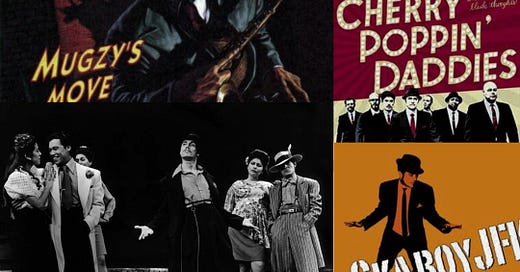


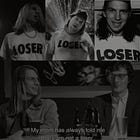
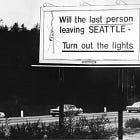
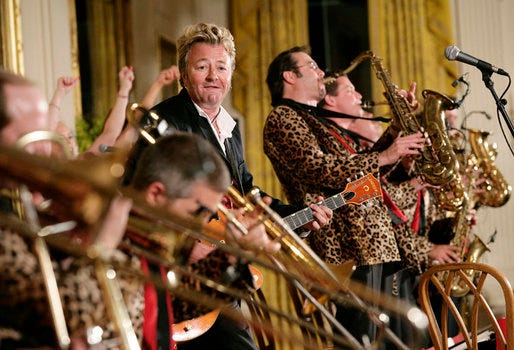


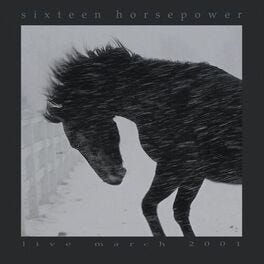
My favorite was Squirrel Nut Zippers. "Ghost of Stephen Foster" is a very American song, and yet it looks to Eastern Europe for musical influence. This is almost a polka! https://www.youtube.com/watch?v=KJzWGkgFcTU